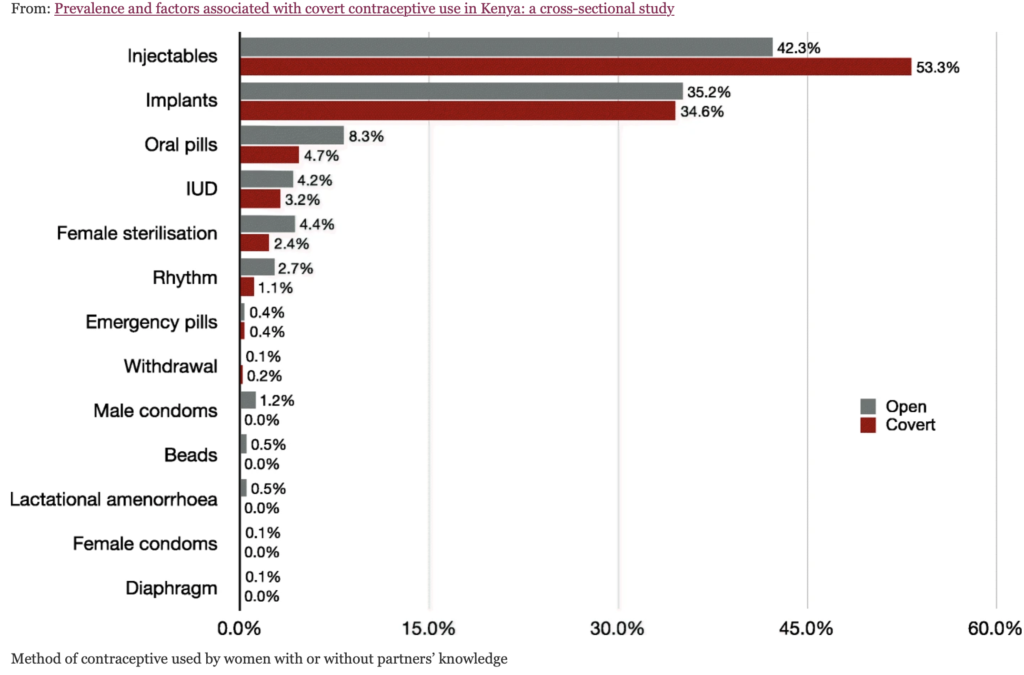There are three pieces of good news about birth control methods. One is very old, but never really studied, one is brand new and one futuristic.
I spent some time in Paris studying French when I was in college. I also learned about a male method of birth control from a research assistant for Dr. John Rock. Rock is best known for his work in developing “The Pill”, but he was also interested in other means of limiting fertility. He tested an idea based on the fact that testicles work best if they are cooler than core body temperature. His idea, which was never marketed, was an insulated athletic supporter. It was nicknamed the “Rock Strap”, of course.
Fast forward 60 years and researchers are still working on this idea. The physiology is clearly effective, but the long-term safety of heating testicles hasn’t been studied. Furthermore, persuading men to wear a warming codpiece doesn’t seem too practical.
Many governments have recognized that it is safer for women to take “The Pill” than to not use contraception. The relative safety is especially true in places with high maternal mortality—because preventing pregnancy also prevents maternal mortality. Oral contraceptives are available without prescription in over 100 countries—and, thanks to OPill®, now the USA is one of them! The FDA has finally recognized the safety of oral contraceptives.
The manufacturer and nonprofits that worked to make birth control pills available over the counter had several wishes that went along with the approval. The pill should be available to teens, it should not be too expensive, and that insurance should cover the medication even though it is available over-the-counter. After 20 years of work, they finally got their wishes! The FDA has very strict requirements. One of them is that the pills come with instructions on their proper usage that almost anyone can understand.
OPill® is a Progestin-Only Pill (POP). Unlike the majority of hormonal contraceptives, it does not have any estrogen. Blood clots, the most serious problems caused by birth control pills, are caused by estrogen; that is one reason the FDA finally gave their approval. There are minor problems with POPs, however, such spotting and needing to take OPill® at the same time of day, every day. Also, the unintended pregnancy rate may be a little higher than pills with estrogen.
Although I knew that sperm didn’t like heat, I didn’t know that they don’t like iron. An innovative contraceptive that is now the subject of research makes use of that fact. Ovaprene® is a diaphragm-like vaginal insert with a central mesh that is impregnated with an iron compound. Because it is a mesh, it is permeable to blood and cervical mucus, but the iron makes it lethal to sperm. The woman places it in her vagina as her period ends, being careful that her cervix is covered. The insert is left in place until her next period starts. It has the theoretical advantage of being nonhormonal, and providing month-long protection against pregnancy.
Ovaprene® appears to be ready for human testing. However, it is still years away from commercial availability, so don’t expect to find it in your pharmacy any time soon.
This brings up the challenges of developing a new family planning method. There are many contraceptive ideas that seem great at the start, but wind up in the trash. I know from personal experience. My idea for a rip-stop condom earned a patent (#4,881,553), but lost me a lot of money since no company was interested in buying the idea. This winnowing process explains, in part, why new methods are usually expensive.
©Richard Grossman MD, 2024

